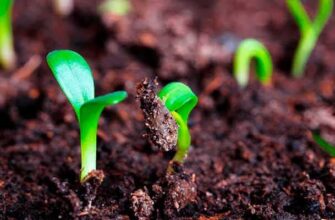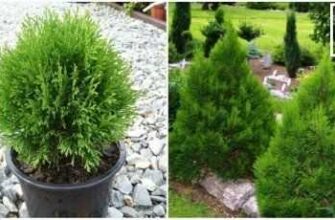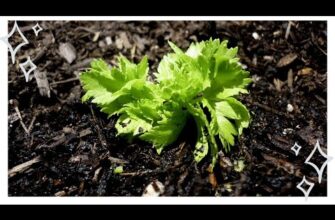- Статица (кермек): выращивание из семян и разнообразие видов и сортов
- Подготовка почвы для выращивания статицы
- Выбор семян статицы и способы посева
- Уход за молодыми растениями статицы
- Полив и удобрение статицы для обеспечения роста
- Полив
- Удобрение
- Защита статицы от вредителей и болезней
- Вредители статицы
- Болезни статицы
- Особенности размножения статицы через деление куста
- Порядок разделения куста статицы
- Виды статицы: описание и характеристики
- Виды статицы:
- Сорта статицы: особенности и применение
- Виды статицы
- Сорта статицы
- Декоративное использование статицы в ландшафтном дизайне
- Виды и сорта статицы
- Статица: интересные факты и легенды
- Вопрос-ответ:
- Каким образом можно вырастить статицу из семян?
- Какие виды и сорта статицы существуют?
- Какие условия необходимы для успешного выращивания статицы?
- Как долго длится процесс выращивания статицы из семян?
- Видео:
- Как вырастить из семян удивительный цветок — сухоцвет Статице , он же Лимониум

Статица, или кермек, – это прекрасное растение, которое может украсить любой сад или цветник своими яркими и неповторимыми цветами. Оно относится к семейству кермековых и имеет множество видов и сортов, каждый из которых отличается своей уникальной красотой.
Выращивание статицы из семян – процесс, который не требует особых навыков и умений. Для начала следует подготовить семена, проращивая их во влажной субстрате до появления корней. Затем семена высаживаются в грунт или горшки, где растение будет развиваться и расти.
Существует множество разных видов статицы, среди которых можно выделить великолепную статицу морскую, с ее нежными голубыми цветками, и статицу перистую, с пышными соцветиями в различных оттенках фиолетового и розового. Но не только виды, но и сорта статицы поражают своим разнообразием – от классических одноцветных сортов до оригинальных полосатых и махровых.
Статица (кермек): выращивание из семян и разнообразие видов и сортов
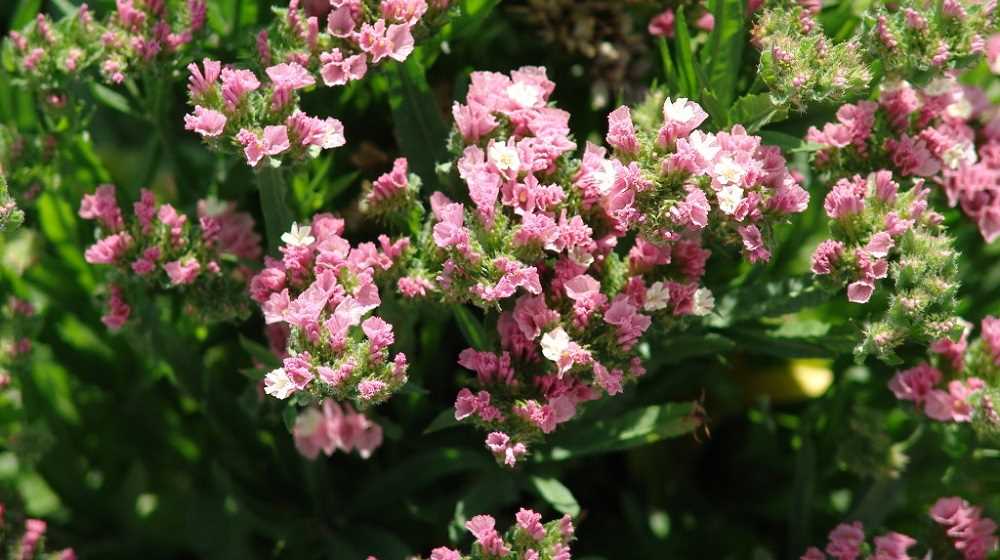
Статица, также известная как кермек, является прекрасным растением для выращивания из семян. В зависимости от вида и сорта, она может иметь разные размеры, цвета и формы цветков.
Для выращивания статицы из семян, необходимо подготовить плодородную почву, обеспечить хорошее освещение и регулярный полив. Семена следует высевать на глубину около 1 см и поддерживать оптимальную температуру для прорастания. После появления ростков, растения необходимо регулярно прореживать и укреплять.
Статица представлена различными видами и сортами, каждый из которых обладает своими особенностями. Некоторые виды статицы имеют прямостоячие цветоносы, другие — ветвистые. Сорта могут отличаться по цвету цветков: от белого и розового до ярко-фиолетового и голубого.
Одним из популярных видов статицы является статица перистая (Limonium perezii). У нее крупные, соцветия, состоящие из множества мелких цветков голубого или фиолетового цвета. Еще одним интересным видом является статица татарская (Limonium tatricum), имеющая нежно-розовые и пурпурные цветки.
Все виды и сорта статицы обладают особой красотой и могут использоваться в декоративных композициях, букетах и сухих аранжировках. Выращивание статицы из семян позволяет получить уникальные и оригинальные растения, которые будут радовать своей красотой в течение всего сезона.
Подготовка почвы для выращивания статицы
Выращивание статицы — это увлекательный и интересный процесс, который начинается с правильной подготовки почвы. Для успешного выращивания различных видов и сортов статицы, необходимо выбрать подходящую почву.
Статица предпочитает рыхлые и плодородные почвы, богатые органическими веществами. Она хорошо растет на солнечных участках с хорошей дренажной системой.
Перед посевом семян статицы в почву необходимо добавить компост или перегной, чтобы обеспечить почве необходимую плодородность. Также рекомендуется вносить минеральные удобрения, богатые азотом и фосфором, для стимуляции роста растений.
Для обеспечения хорошей дренажной системы можно добавить в почву песок или перлит. Это поможет избежать застоя влаги и предотвратить гниение корней статицы.
После подготовки почвы необходимо хорошо ее разрыхлить и выровнять поверхность. Также можно создать гребни и борозды для более удобного посева семян.
В итоге, правильная подготовка почвы для выращивания статицы — это залог успешного и обильного урожая. Следуя этим рекомендациям, вы сможете получить красивые и здоровые растения статицы на своем кермеке.
Выбор семян статицы и способы посева
Кермек, или статица — это невысокое растение с яркими колосками, которые придают ему необычайную красоту. Для его выращивания необходимо приобрести семена, которые можно найти в специализированных садовых магазинах или заказать через интернет.
Сорта статицы различаются по цвету и размеру колосков. Вот несколько из них:
- Статица лиловая — обладает крупными, насыщенно-фиолетовыми колосками;
- Статица розовая — имеет нежные, розовые колоски, которые создают романтическую атмосферу;
- Статица белая — выглядит очень изысканно благодаря своим белоснежным колоскам.
Семена статицы можно посеять прямо в открытый грунт или предварительно вырастить рассаду. Посев семян в открытый грунт производится весной, когда земля прогреется и пройдут все заморозки. Для этого семена необходимо засыпать на глубину около 1 сантиметра и утрамбовать землю вокруг.
Если хотите заранее получить красивую рассаду, семена статицы можно посеять в горшочки или контейнеры в начале апреля. После появления первых ростков, рассаду нужно пересадить в открытый грунт. Для этого выбирают солнечное место и хорошо удобренную почву.
Уход за молодыми растениями статицы

Как и другие виды растений, статица требует определенного ухода после выращивания из семян. Это поможет растению крепко приживиться и развиваться. Важно помнить, что статица – растение кермека, которое имеет различные сорта и виды.
После появления первых всходов статицы, необходимо обеспечить ей достаточное количество света. Рекомендуется размещать растение в ярком месте, вдали от прямых солнечных лучей. Также необходимо поддерживать постоянную температуру воздуха – примерно 20-22 градуса Цельсия.
Следите за почвой и влажностью грунта. Регулярно поливайте статицу, избегая пересушивания и застоя воды. Желательно использовать мягкую воду, отстоянную не менее суток.
Регулярно рыхлите почву вокруг растения и удаляйте сорную растительность. Также стоит подкармливать молодые растения статицы универсальными минеральными удобрениями. Это поможет обеспечить растению необходимые питательные вещества для активного роста.
Полив и удобрение статицы для обеспечения роста
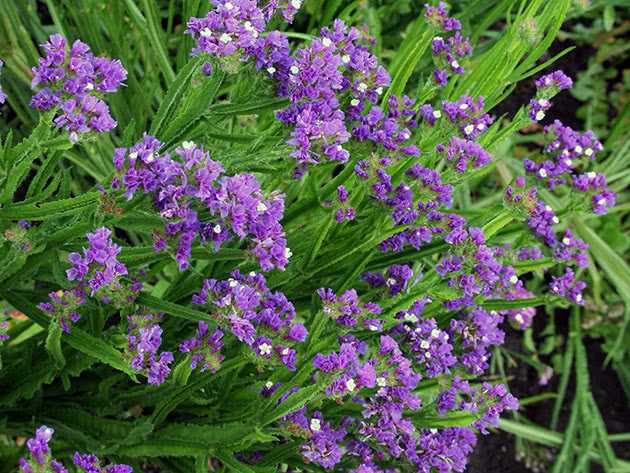
Для успешного выращивания статицы (кермека) из семян необходимо обеспечить ей правильный полив и удобрение. Эти процессы играют важную роль в стимулировании роста растения и его здорового развития.
Полив
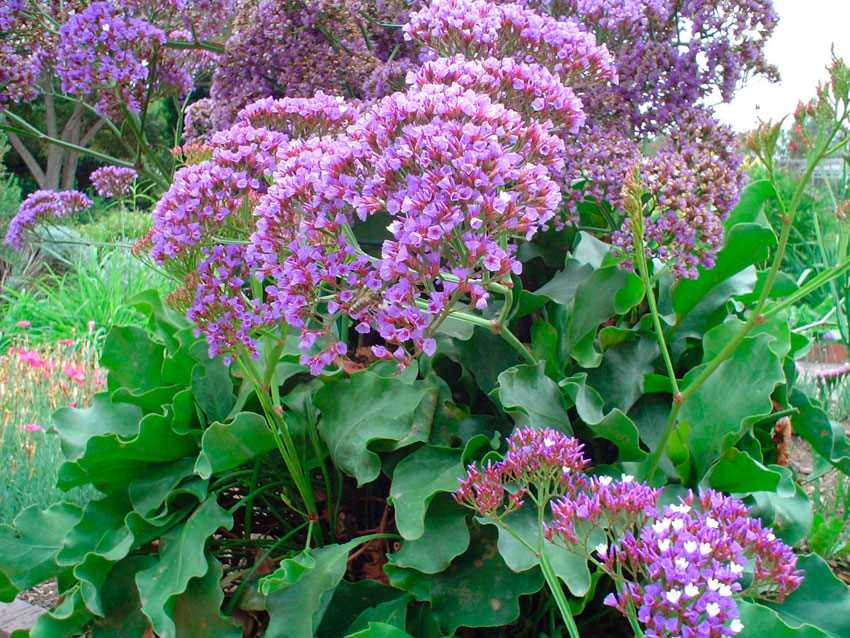
Статице требуется умеренное и регулярное поливание. Растение предпочитает увлажненные почву, но не переносит избыток влаги. Поливайте статицу после того, как верхний слой почвы подсохнет на глубину около 2-3 см. При поливе старайтесь избегать попадания воды на листья, чтобы не вызвать гниение. Для полива статицы используйте мягкую воду комнатной температуры.
Удобрение
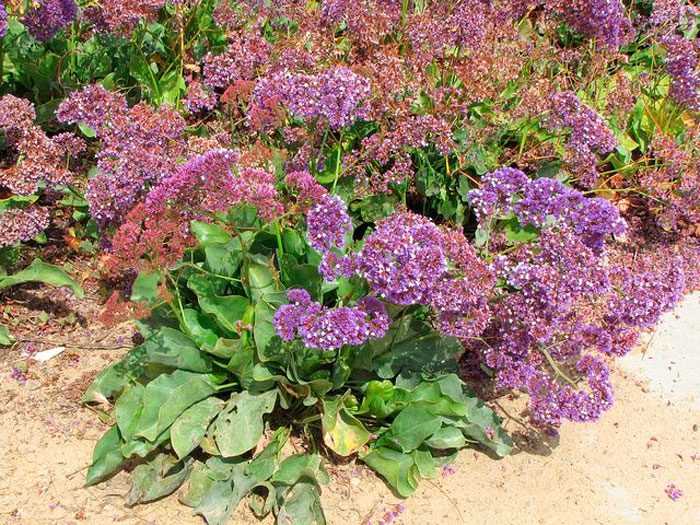
Для обеспечения роста и развития статицы рекомендуется регулярное удобрение. Используйте универсальное удобрение для цветущих растений с низким содержанием азота. В период активного роста удобряйте статицу каждые 2-3 недели, следуя инструкциям на упаковке удобрения. Зимой удобрение можно сократить до 1 раза в месяц.
Не забывайте, что правильный полив и удобрение играют ключевую роль в успешном выращивании статицы. Следуйте рекомендациям по поливу и удобрению, и ваша статица будет радовать вас красивыми цветами и здоровым ростом.
Защита статицы от вредителей и болезней
При выращивании статицы (кермека) необходимо уделить внимание защите растения от вредителей и болезней. Вредные насекомые могут нанести значительный вред статице, поэтому регулярный осмотр растений и превентивные меры являются неотъемлемой частью процесса ухода.
Вредители статицы
1. Тля. Этот мелкий насекомый может затруднить рост и развитие статицы, питаясь ее соками. Для борьбы с тлями можно использовать хозяйственное мыло или специальные инсектициды.
Так стоп!!! Вы всё ещё не подписаны на наши каналы в Телеграмм и Дзен? Посмотрите: ТГ - (@historyfantasydetectivechat) и Дзен (https://dzen.ru/myshortsstorys)
2. Мучнистый червец. Этот вредитель оставляет белую пыль на листьях статицы. Для борьбы с мучнистым червцем можно применить химические препараты или прибегнуть к биологическим методам, например, использовать насекомых-паразитов.
Болезни статицы
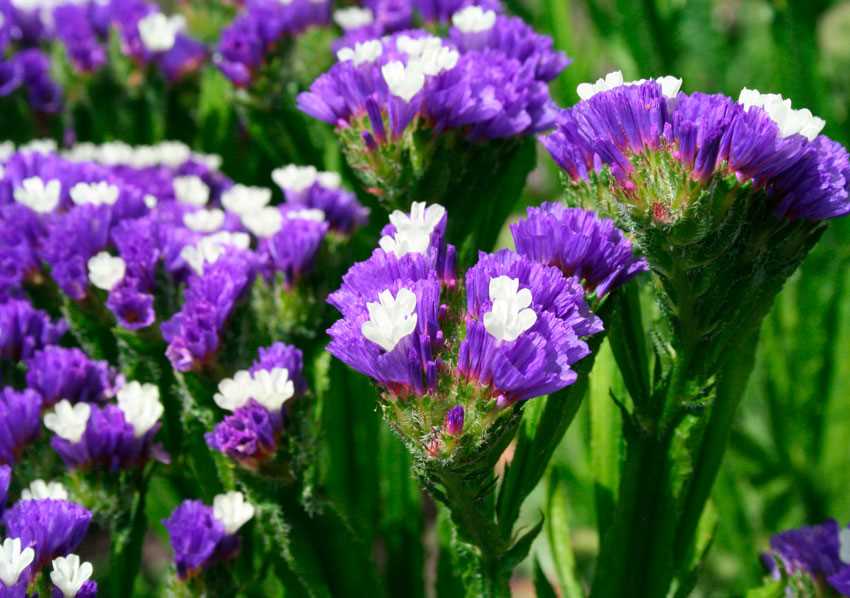
1. Поражение грибковыми заболеваниями. Статица может быть подвержена различным грибковым инфекциям, таким как пурпурная пятнистость или ржавчина. Для предотвращения поражения грибковыми болезнями необходимо поддерживать оптимальный уровень влажности и обеспечивать хорошую циркуляцию воздуха вокруг растений.
2. Вирусные заболевания. Статица может быть поражена различными вирусами, которые приводят к деформации листьев и стеблей. Чтобы предотвратить появление вирусных заболеваний, важно приобретать качественные семена и следить за гигиеной при обработке растений.
Сохранение здоровья статицы является важным условием успешного выращивания этого красивого и декоративного растения. Регулярные осмотры, правильный уход и своевременное реагирование на возможные проблемы помогут обеспечить здоровое и красивое развитие статицы.
Особенности размножения статицы через деление куста
Статица, или кермек, популярное растение среди садоводов и цветоводов, может быть выращена не только из семян, но и через деление куста. Этот метод размножения имеет свои особенности и преимущества.
Преимущества размножения статицы через деление куста:
- Быстрый результат. При размножении кермека через деление куста, можно получить уже готовые кусты растений, которые начнут цвести уже на следующий сезон.
- Гарантированное сохранение сорта. Когда статицу размножают с помощью семян, есть вероятность получить растения с различными характеристиками. При делении куста можно быть уверенным, что полученные растения будут идентичным копиями материнского растения.
- Укрепление и омоложение растения. Разделение куста статицы способствует укреплению и омоложению растения, что положительно сказывается на его росте и цветении.
Порядок разделения куста статицы
Для разделения куста статицы необходимо выбрать здоровый и хорошо развитый куст, который имеет несколько прикорневых побегов. Следует аккуратно вынуть куст из грунта и разделить его на несколько частей с помощью острого ножа или секатора. Каждая часть должна иметь как минимум один корневой побег и несколько листьев. После разделения куста, каждую его часть следует высадить в отдельный горшок с питательным грунтом. Растения нужно обильно полить и установить на яркое место без прямых солнечных лучей. Через некоторое время, статица начнет активно развиваться и цвести.
Виды статицы: описание и характеристики
Статица — это растение, которое можно вырастить из семян. Она также известна как кермек. Статица относится к семейству амарантовых и имеет несколько видов, каждый из которых имеет свои характеристики и особенности.
Виды статицы:
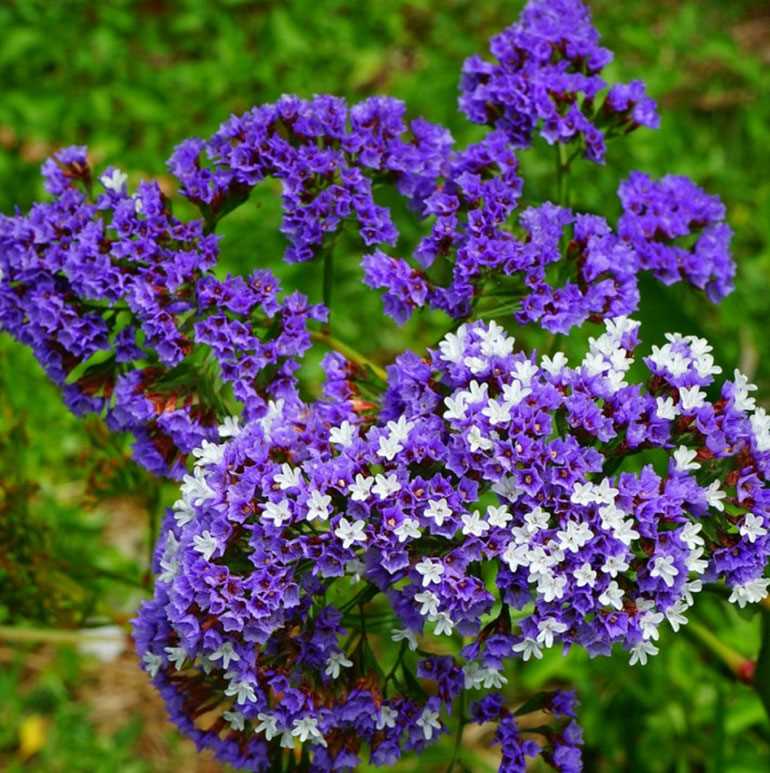
- Статица розовая (Limonium sinuatum) — это один из самых популярных видов статицы. У нее крупные соцветия с розовыми цветками и долгими стеблями. Розовая статица обычно используется для создания букетов и цветочных композиций.
- Статица синяя (Limonium latifolium) — данный вид имеет яркие синие цветы и высокие стебли. Она хорошо сочетается с другими цветами в саду и создает красивые композиции.
- Статица белая (Limonium vulgare) — этот вид имеет белые цветы и является наиболее распространенным. Он обладает прекрасным ароматом и используется для украшения букетов и оформления интерьера.
Статица имеет низкую требовательность к почве и может расти в различных условиях. Она предпочитает солнечные места и хорошо переносит засуху. Статица также отличается длительным сроком цветения и может радовать глаз своими яркими цветами на протяжении всего лета. Выращивание статицы из семян несложное, и она может быть отличным дополнением к вашему саду или букетам.
Сорта статицы: особенности и применение
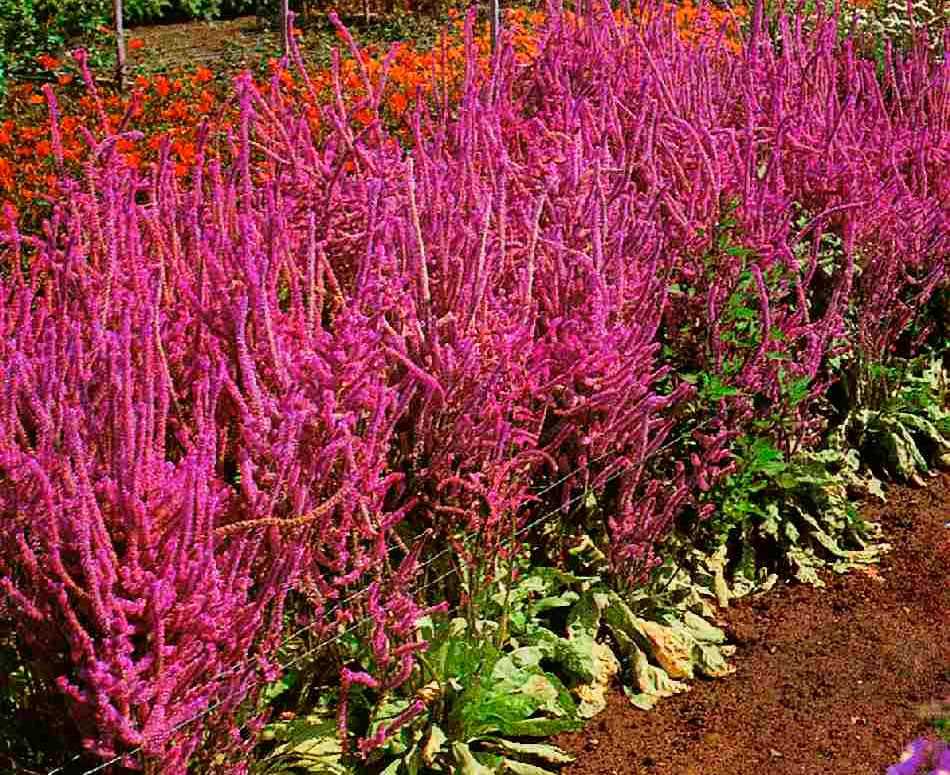
Статица — это многолетнее растение семейства кермековых, которое известно своими яркими и декоративными соцветиями. Существует большое разнообразие видов и сортов статицы, каждый из которых обладает своими особенностями и применением.
Виды статицы

Среди видов статицы можно выделить такие, как:
- Статица морская (Statice sinuata) — это один из самых распространенных видов, который имеет многочисленные сорта с разными оттенками соцветий.
- Статица волнистая (Statice latifolia) — этот вид отличается большим размером соцветий и более плотным листовым покровом.
- Статица итальянская (Statice tatarica) — данный вид отличается крупными соцветиями и насыщенными яркими цветами.
Сорта статицы

Каждый сорт статицы имеет свои особенности и применение. Некоторые из них подходят для выращивания в саду, другие — для срезки и создания букетов:
- Сорт «Пикси» — это мелкое растение с компактными соцветиями, которые отлично подходят для создания миниатюрных букетов.
- Сорт «Фридом» — этот сорт имеет крупные соцветия белого цвета и часто используется в свадебных букетах.
- Сорт «Блю Диамонд» — это статица с необычными голубыми соцветиями, которые прекрасно сочетаются с другими цветами в букетах.
Сорта статицы также можно использовать для создания сухих композиций и декоративных венков. Они хорошо сохраняют свою форму и цвет даже после высыхания, что делает их идеальными для создания долговечных декоративных элементов.
Декоративное использование статицы в ландшафтном дизайне

Статица, или кермек, является прекрасным растением для использования в ландшафтном дизайне. Ее красивые соцветия и разнообразные оттенки делают ее идеальным декоративным элементом для создания ярких и эстетически привлекательных композиций.
Выращивание статицы из семян достаточно просто. Для этого необходимо подготовить плодородную почву и посадить семена весной или осенью. После появления всходов рекомендуется проредить растения, оставляя между ними достаточное пространство для развития. Статица может быть выращена как в горшках и контейнерах, так и на открытой земле.
Виды и сорта статицы

Существует большое разнообразие видов и сортов статицы. Одним из самых популярных видов является Статица пурпурная (Statice sinuata). Она отличается крупными соцветиями сиреневого или фиолетового цвета и высокой устойчивостью к погодным условиям.
Другим известным видом является Статица земляничная (Statice armeria). Ее соцветия имеют более нежные оттенки, напоминающие цветы земляники, что делает ее особенно привлекательной для создания романтических композиций.
Среди сортов статицы можно выделить Статику Гитара (Statice Guitar). Она отличается необычной формой соцветий, напоминающих гитару. Этот сорт привлекает внимание и становится настоящей достопримечательностью в любом саду или парке.
Статица является не только красивым растением, но и полезным. Ее сушеные цветы широко используются в флористике и создании букетов. Они сохраняют свою яркость и привлекательность на протяжении длительного времени, что позволяет создавать долговечные композиции и украшения.
Статица: интересные факты и легенды
Статица, также известная как кермек, это растение, которое обладает не только красивыми цветами, но и интересными фактами и легендами. В мире существует более 300 видов статицы, которые отличаются своими формами и окраской цветков.
Семена статицы могут быть очень маленькими и легкими, но при правильном уходе они способны превратиться в красивые и здоровые растения. Для выращивания статицы из семян рекомендуется использовать легкую и плодородную почву, а также регулярно поливать растение и обеспечивать ему достаточное количество света.
Интересный факт о статице заключается в том, что цветы этого растения могут менять свой цвет в зависимости от pH-уровня почвы. Например, если почва имеет нейтральный pH, то цветки статицы будут голубыми или фиолетовыми. А если pH-уровень почвы кислотный, то цветки статицы окрасятся в розовый или красный цвет.
Легенды о статице также имеют свое место. В одной из легенд говорится, что статица способна принести удачу и благополучие в дом, поэтому ее рекомендуется выращивать на подоконнике или в саду. Также говорят, что если положить сушеные стебли статицы под подушку, то это поможет избавиться от ночных кошмаров и привлечь хорошие сны.
Вопрос-ответ:
Каким образом можно вырастить статицу из семян?
Для выращивания статицы из семян необходимо приобрести семена в специализированном магазине или интернет-магазине садовых товаров. Затем следует подготовить грунт, который должен быть плодородным и хорошо дренированным. Семена статицы рекомендуется предварительно прорастить в семенном материале или на влажной губке до появления корешков, после чего их можно пересадить в грунт. Для оптимального роста статицы необходимо обеспечить ей яркое солнечное освещение и регулярный полив.
Какие виды и сорта статицы существуют?
В мире существует около 300 видов статицы. Однако наиболее популярными и широко распространенными являются следующие виды: статица вечнозеленая, статица пурпурная, статица полярная. Каждый из этих видов имеет свои сорта с различными оттенками и размерами цветков. Например, статица вечнозеленая может иметь белые, розовые или фиолетовые цветки, а статица пурпурная — оттенки от фиолетового до синего.
Какие условия необходимы для успешного выращивания статицы?
Для успешного выращивания статицы необходимо обеспечить ей определенные условия. Во-первых, статице требуется яркое солнечное освещение, поэтому лучше всего выращивать ее на солнечных участках или под искусственным освещением. Во-вторых, грунт должен быть плодородным и хорошо дренированным, чтобы вода не задерживалась у корней растения. В-третьих, статице необходим регулярный полив, особенно в период цветения. Также рекомендуется подкармливать статицу удобрениями для цветущих растений.
Как долго длится процесс выращивания статицы из семян?
Процесс выращивания статицы из семян может занять от нескольких недель до нескольких месяцев, в зависимости от условий и видов статицы. Сначала необходимо время на прорастание семян и появление корешков, затем на пересадку в грунт и активный рост растения. Период цветения статицы также может быть разным у разных видов и сортов, но обычно начинается через 2-3 месяца после посадки.


